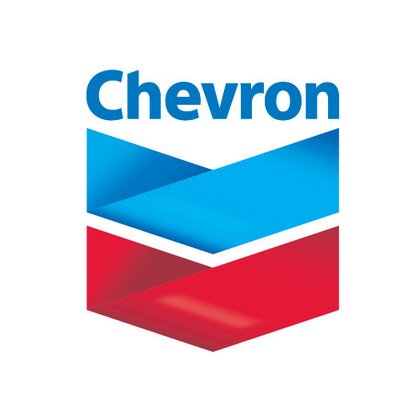Chevron Corp. (NYSE: CVX) has been unable to avoid the carnage of the oil and gas sector. Despite a 2% gain, mostly tied to the broader stock market rally, Chevron also completed its interest sale in Caltex Australia Ltd.
24/7 Wall St. has not been overly concerned about Chevron’s dividend — we still see it hiking the dividend minimally. Still, some investors and market pundits have started to wonder which of the oil and gas giants are at risk of cutting their dividends.
What matters here is that Chevron will be taking in an extra $3.6 billion to $3.7 billion from the sale. Without knowing about its tax rates, possible repatriation exposure and the rest, this should at least on the surface make Chevron’s dividend a bit more secure. Back on March 10, Chevron outlined its strategies, financial priorities and growth outlook. Chairman and CEO John Watson said:
The fundamentals of the oil and gas business remain attractive for our company and investors, as our products are vital to a growing world economy. We are well-positioned to manage through the recent drop in commodity prices and are taking several responsive actions, including curtailing capital spending and lowering costs. … Over the next few years, we expect to deliver significant cash flow growth as projects currently under construction come online. Our intention is to demonstrate performance that will allow our 27-year history of successive increases in our annual dividend payout to continue.
ALSO READ: 7 Companies That Seriously Should Split Their Stocks
It is still likely a few weeks before we know the fate of Chevron’s dividend. The current payout is $4.28 on an annualized basis. That now generates just a tad above a whopping 4% dividend yield.
How much do companies have to increase their dividends when they have a 4% yield? By our take, not much. Also, there is a solid reminder here that companies raising dividends too much are now putting their future at risk. While this sounds extreme, it is becoming an issue after years and years of hikes and after balance sheets get stretched.
Now, try some straight line math versus the annual $4.28 payout by Chevron. The company’s 2014 earnings per share was $10.14, but forward estimates have cratered in the past three months. Just 90 days ago the consensus analyst estimate was $7.24 per share for all of 2015 — now the consensus estimate is $3.79 per share, which means that Chevron might actually pay out more than it really earns.
Adding more than $3 billion in cash helps companies justify their payouts, even if their market cap is roughly $200 billion. Chevron also recently raised another $6 billion in a debt offering to shore up its balance sheet, another bolstering effort. As of the end of 2014, Chevron has over $13 billion between cash and short-term investments. It had close to another $30 billion in long-term investments.
This sale did not guarantee that dividend hikes would be aggressive, but it was more effort that will help Chevron justify its efforts to increase its dividend again. After all, what corporate executives like breaking 27-year streaks?
After it rose 2.1% to $106.50 in Monday’s trading session, the oil and gas giant’s 52-week trading range of $98.88 to $135.10 should outline just how challenging the climate is.
ALSO READ: 4 Attractive Dividend Stocks for a Low Interest Rate World
Get Ready To Retire (Sponsored)
Start by taking a quick retirement quiz from SmartAsset that will match you with up to 3 financial advisors that serve your area and beyond in 5 minutes, or less.
Each advisor has been vetted by SmartAsset and is held to a fiduciary standard to act in your best interests.
Here’s how it works:
1. Answer SmartAsset advisor match quiz
2. Review your pre-screened matches at your leisure. Check out the advisors’ profiles.
3. Speak with advisors at no cost to you. Have an introductory call on the phone or introduction in person and choose whom to work with in the future
Thank you for reading! Have some feedback for us?
Contact the 24/7 Wall St. editorial team.




